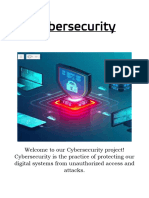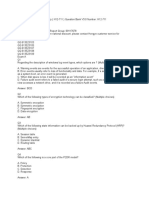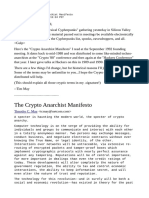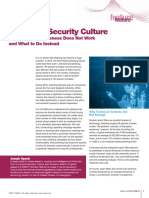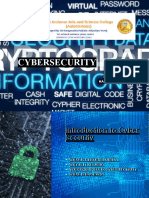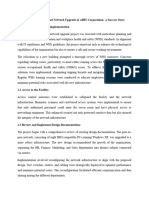0% found this document useful (0 votes)
39 views20 pagesCE1C Module 7
The document is a comprehensive guide on cybersecurity, covering essential topics such as types of cyber threats, data protection strategies, defensive measures, and emerging technologies. It emphasizes the importance of user awareness and training in mitigating risks associated with cyber incidents. Additionally, it discusses cloud security challenges and the significance of compliance with data privacy regulations.
Uploaded by
joshuacorregidor15Copyright
© © All Rights Reserved
We take content rights seriously. If you suspect this is your content, claim it here.
Available Formats
Download as DOCX, PDF, TXT or read online on Scribd
0% found this document useful (0 votes)
39 views20 pagesCE1C Module 7
The document is a comprehensive guide on cybersecurity, covering essential topics such as types of cyber threats, data protection strategies, defensive measures, and emerging technologies. It emphasizes the importance of user awareness and training in mitigating risks associated with cyber incidents. Additionally, it discusses cloud security challenges and the significance of compliance with data privacy regulations.
Uploaded by
joshuacorregidor15Copyright
© © All Rights Reserved
We take content rights seriously. If you suspect this is your content, claim it here.
Available Formats
Download as DOCX, PDF, TXT or read online on Scribd
/ 20














